Approaching Mach 2 in an F-16: ‘The jet started to shake’
- By Hasard Lee
Share This Article
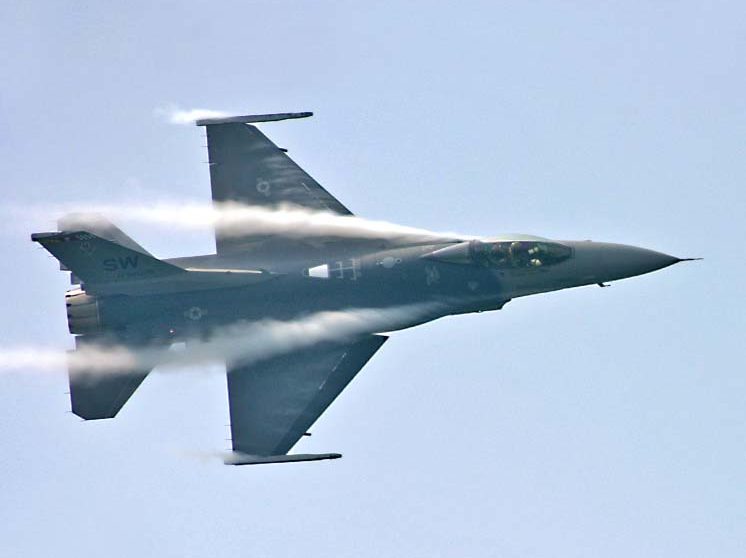
Anything close to the maximum structural speed for a jet is usually just for the glossy brochure – 99.9% of the time we don’t come close to reaching it. There was one time, though, that I pushed the F-16 as fast as it could go.
I was stationed in Korea and there was a jet coming out of maintenance; the engine had been swapped out and they needed a pilot to make sure it was airworthy. It was a clean jet, meaning none of the typical missiles, bombs, external fuel tanks, or a targeting pod were loaded. It was a stripped-down hot rod capable of its theoretical maximum speed.
When we fly, we usually go out as a formation to work on tactics – every drop of fuel is used to get ready for combat. This mission, however, called for me to launch as a single ship and test the engine at multiple altitudes and power settings. The final check called for a max speed run.
I took off, entered the airspace, and quickly started the profile. Topped off, I could only carry 7,000 pounds of internal fuel; this was never enough with the monster engine behind me burning up to 50,000 pounds of fuel per hour. I knocked out the various tasks in about 15 minutes and then was ready for the max-speed run.
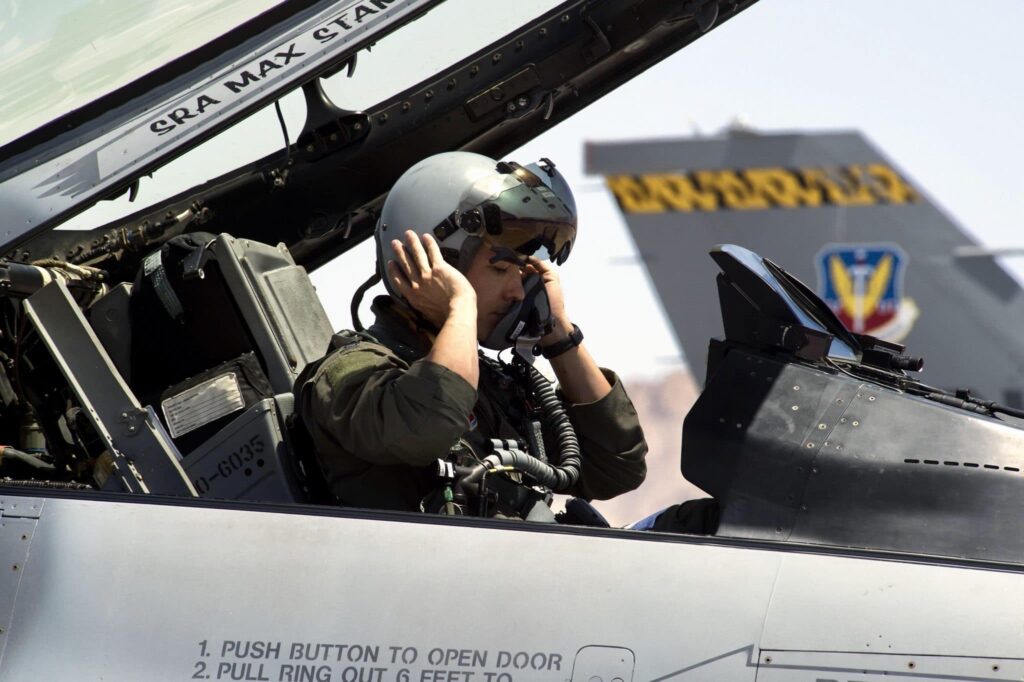
I was at 25,000 feet when I pushed the throttle forward, rotated it past the detent, and engaged full afterburner – I would have five minutes of useable fuel at this setting. I could feel being lighted off, pushed forward. I accelerated to Mach 1 – the speed of sound that Chuck Yeager famously broke in his Bell X-1 – and started a climb. A few seconds later, 35,000 feet went by as I maintained my speed. Soon, I was at 45,000 feet and started to shallow my climb to arrive at the 50,000 feet service ceiling. This was as high as I could go – not because the jet couldn’t go higher, but because if the cockpit depressurized, I would black out within seconds.
Looking out at 50,000 feet, the sky was now a few shades darker. I could start to see the curvature of the earth. To my right was the entire Korean peninsula, green with a thin layer of haze over it. To my left, a few clouds over the Yellow Sea separated me from mainland China.
As I maintained my altitude, the jet started to accelerate. At 1.4 Mach, with only about two minutes of fuel left, I bunted over and started a dive to help with the acceleration. In my heads-up display, 1.5 Mach ticked by, backed up by an old Mach indicator slowly spinning in my instrument console.
Related: Ukrainian pilots are training to fly F-16s. Here’s what we know
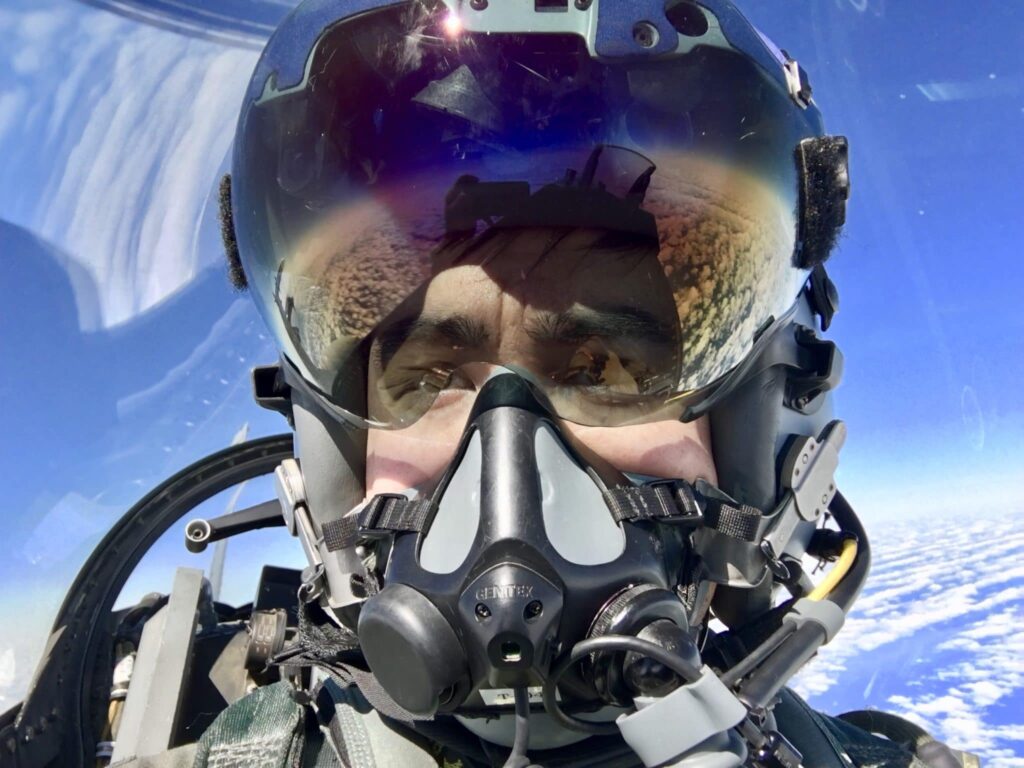
At 1.6 Mach, the jet started to shake. I was expecting it since the F-16 has a flight region around that airspeed that causes the wings to flutter. Still, this jet had a lot of hours on the airframe, and if anything were to fail, the breakup would be catastrophic. Similarly, ejecting at that speed would be well outside the design envelope as the air resistance at Mach 1.6 is about 300 times what a car experiences at highway speeds – few pilots have tried it, only to break nearly every bone in their body.
So now, the option was to slow down until the vibration stopped or push through until it smoothed out on the other side. I was running low on fuel, so I elected to increase my dive so I could accelerate faster. Slowly 1.7 Mach ticked by, next 1.8, and then, at 1.9, everything smoothed out. I was now traveling over the Yellow Sea at 1,500 mph. The cockpit started feeling warm so I took my hand off the throttle and put it about a foot away from the canopy. I could feel the heat radiating through my glove; the feeling was similar to sticking your hand in an oven.
At this point, I was entering the thicker air at 35,000 feet which was preventing the Mach from going any higher. I was also nearly out of fuel, so I pulled the throttle out of afterburner and into military power – the highest non-afterburner power setting. Despite a significant amount of thrust still coming from the engine, the drag at 1.9 Mach caused the jet to rapidly decelerate, pushing me forward until my shoulder-harness straps locked. It took over 50 miles for the jet to slow down below the Mach.
Related: F-35 pilot explains how an F-117 was shot down in 1999
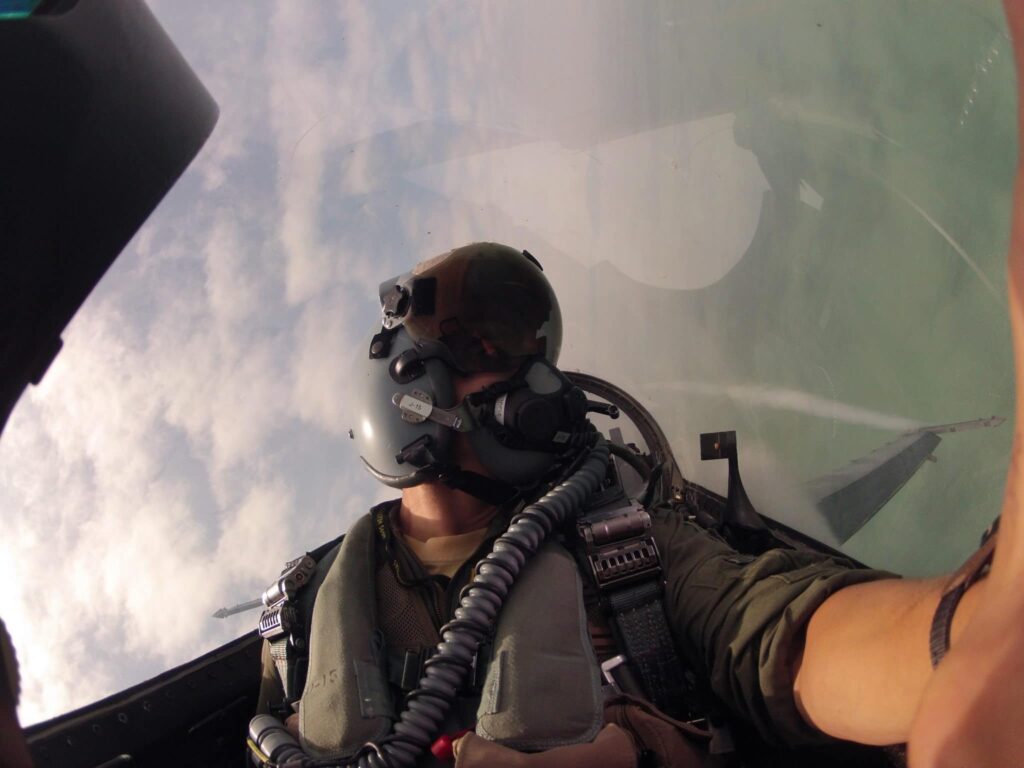
Taking a jet to 1.9 Mach isn’t any sort of record. In fact, some aircraft have gone twice as fast. It was an interesting feeling, though, to be at the limit of what an iconic aircraft like the F-16 can give. Thousands of incredible engineers, who I never had the chance to meet, designed the plane and I was now realizing the potential of what they had built. The heat and vibration, coupled with being outside the ejection envelope, let me know the margin of safety was less than it normally is.
I’ve since moved on to the F-35 which correctly prioritizes stealth, sensor fusion, and networking over top speed, so that is likely as fast as I’ll ever go. It was a visceral experience that was a throwback to the 1950s and ’60, when the primary metrics a plane was judged by were how high and fast it could go.
Editor’s Note: This article was originally published in October 2021; it has been edited for republication. It was written by U.S. Air Force F-35 pilot, best-selling author, and prominent YouTuber, Hasard Lee. Make sure to check out his “The Art of Clear Thinking” book if you like this article!
Read more from Sandboxx News
Related Posts
Sandboxx News Merch
-
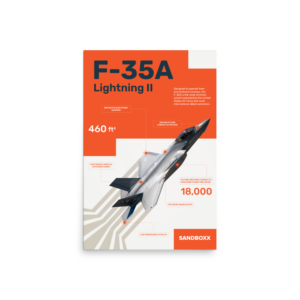
F-35 ‘Lightning’ Poster
$22.00 – $28.00 Select options This product has multiple variants. The options may be chosen on the product page -

F-35 ‘Evolution’ Poster
$22.00 – $28.00 Select options This product has multiple variants. The options may be chosen on the product page -

F-35 ‘Evolution’ Framed Poster
$45.00 – $111.00 Select options This product has multiple variants. The options may be chosen on the product page
Hasard Lee
Related to: Military Affairs
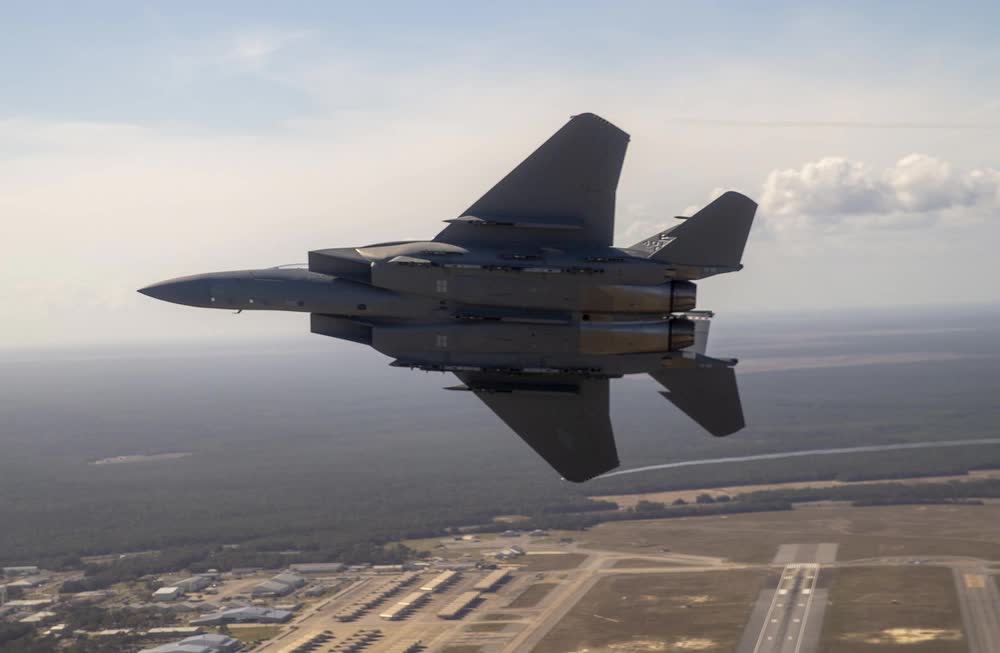
Video: The wild plans to use the F-15EX in the early days of a war
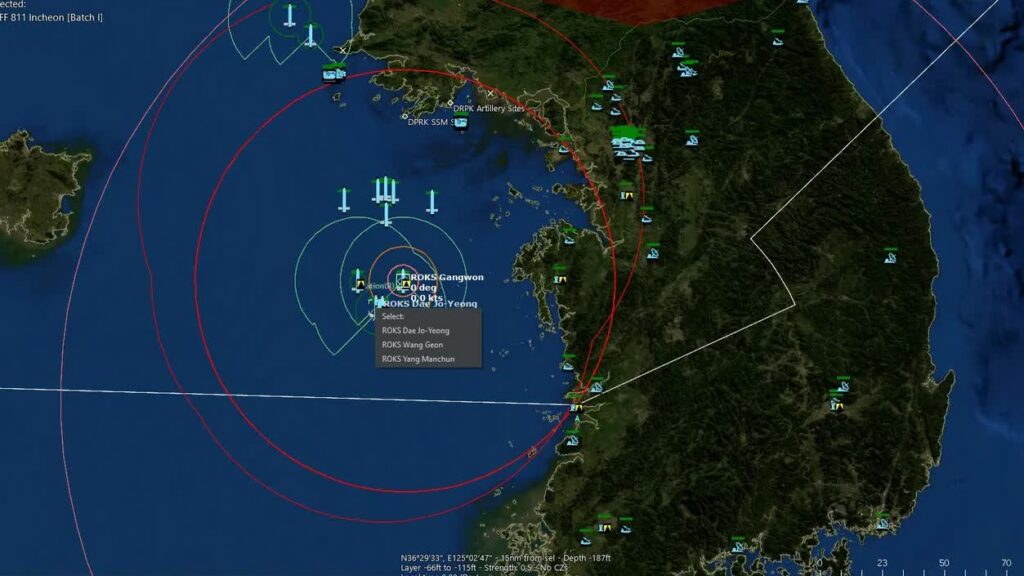
The Air Force is letting troops play a video game to prepare for global conflict
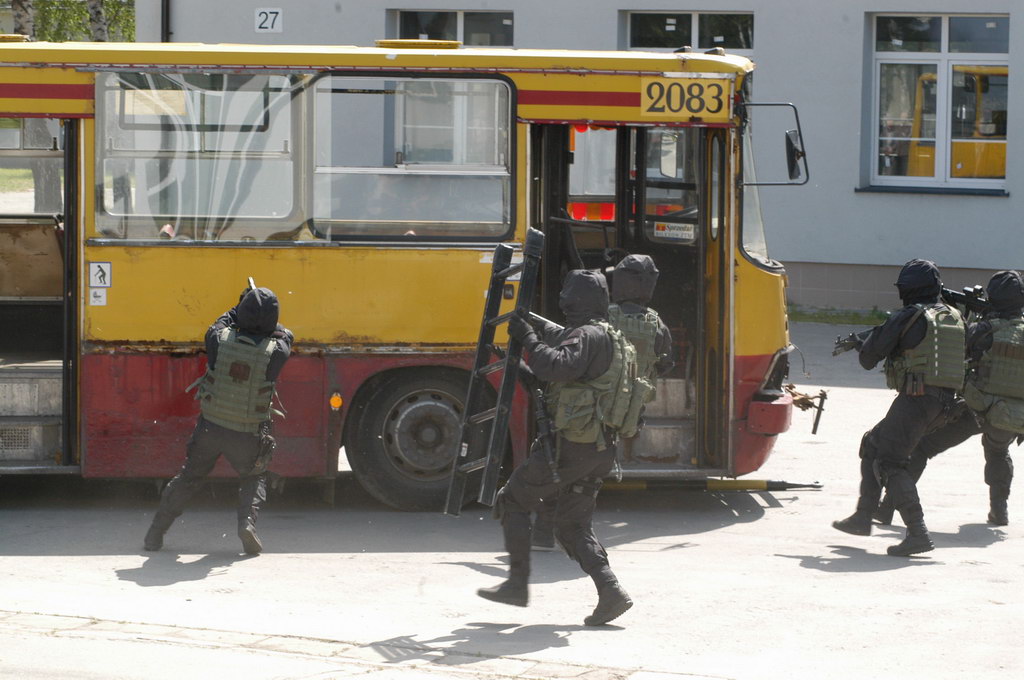
Delta Force escapades with Poland’s elite GROM special operations unit
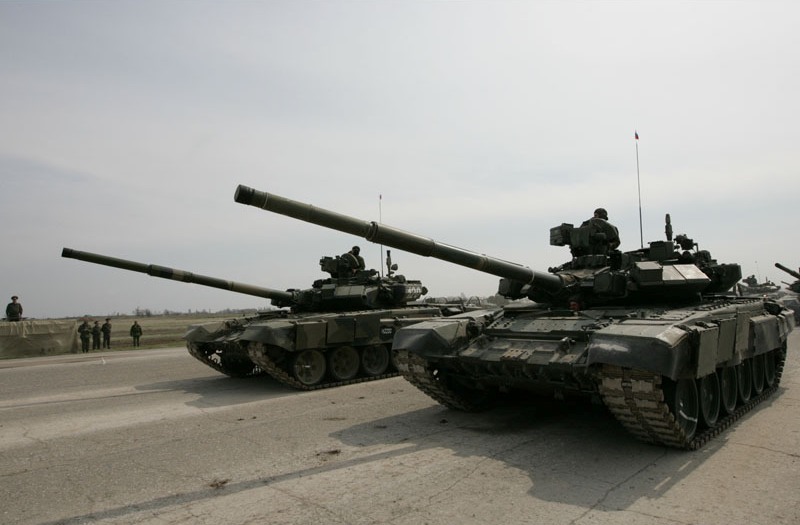
Ukraine is facing serious problems in the east, where Russia’s forces are grinding forward
Sandboxx News
-

‘Sandboxx News’ Trucker Cap
$27.00 Select options This product has multiple variants. The options may be chosen on the product page -

‘AirPower’ Classic Hoodie
$46.00 – $48.00 Select options This product has multiple variants. The options may be chosen on the product page -

‘AirPower’ Golf Rope Hat
$31.00 Select options This product has multiple variants. The options may be chosen on the product page -

‘Sandboxx News’ Dad Hat
$27.00 Select options This product has multiple variants. The options may be chosen on the product page
